How to start birding in Singapore?
ELDON NG speaks to bird photographers and members of the Singapore Birds Project to identify birding tips and tricks.
By Eldon Ng How Wei
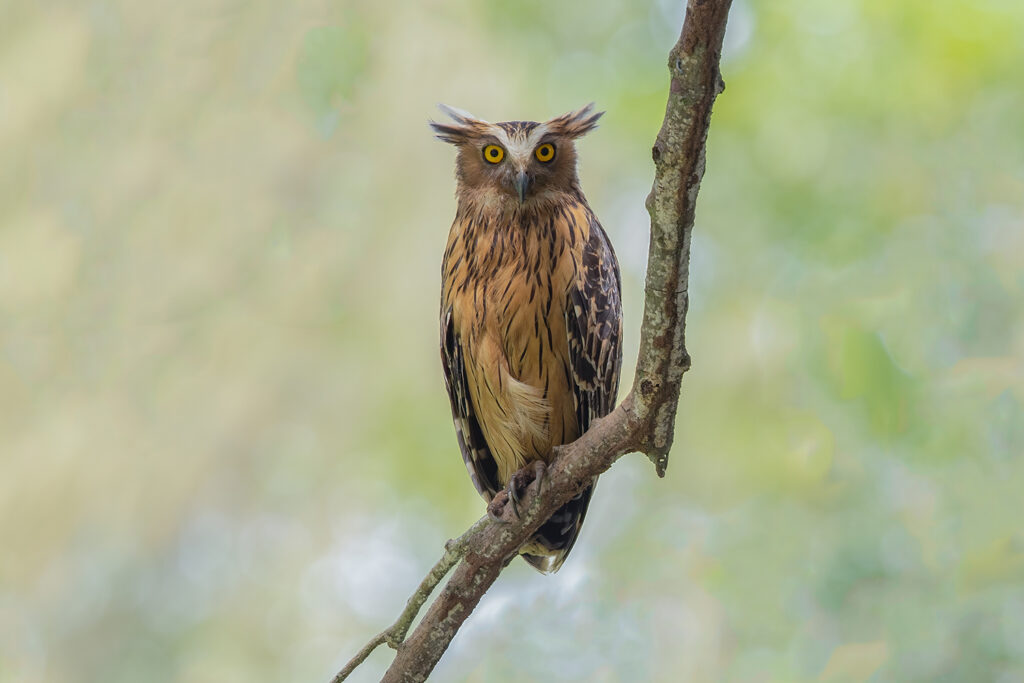
You hear chirping noises all around you. You see something darting around. Before you know it, it’s gone. You look up and about. However, you just can’t seem to spot these birds.
You wonder to yourself, “What does it take to spot birds in Singapore?”
To get you started in birding, here are three species of birds recommended by Ms Clarice Yan Pei Ling and Mr Zachary Chong Zhe Kai, members of the Singapore Birds Project. These unique and uncommon birds can be found in Singapore year-round, making them great choices to kickstart one’s birding journey!
- Buffy Fish Owl (Ketupa ketupu)
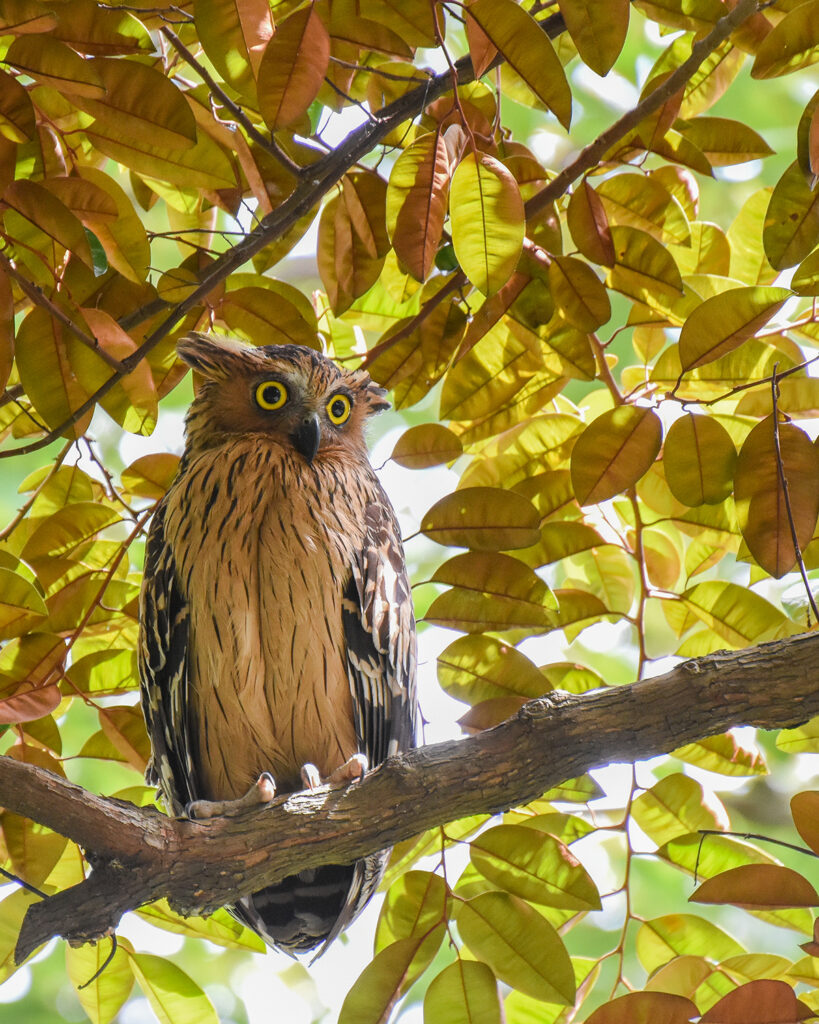
- Crested Serpent Eagle (Spilornis cheela)
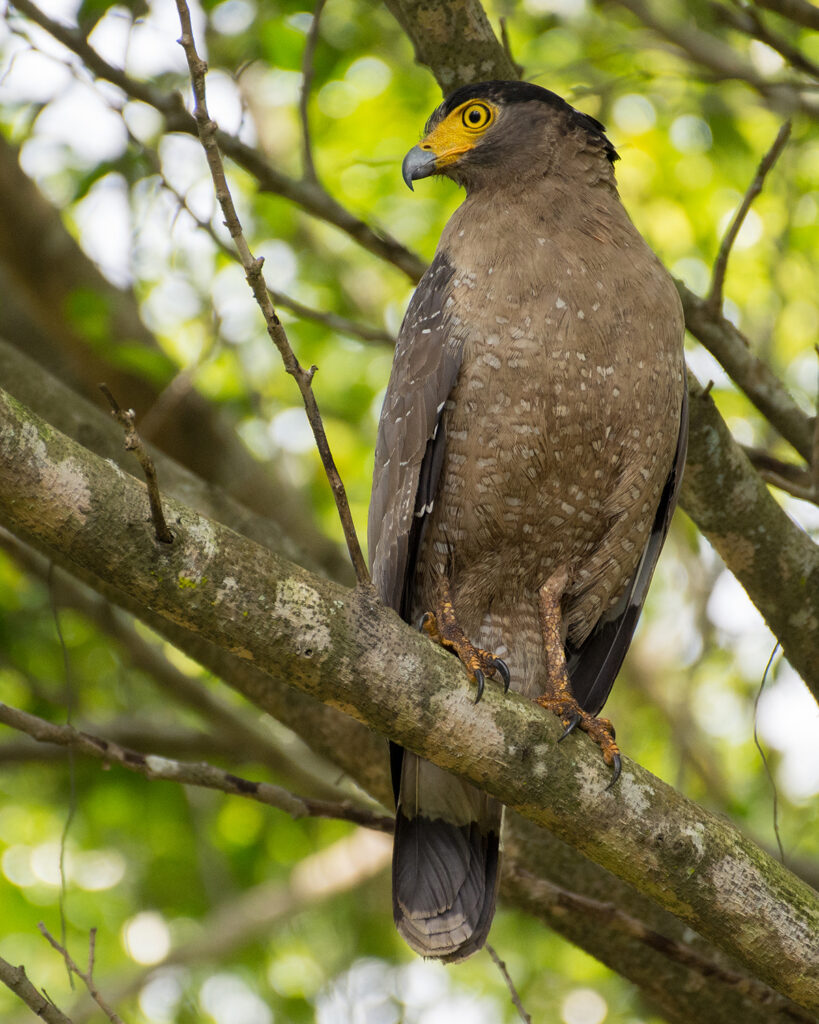
- Short-tailed Babbler (Pellorneum malaccense)
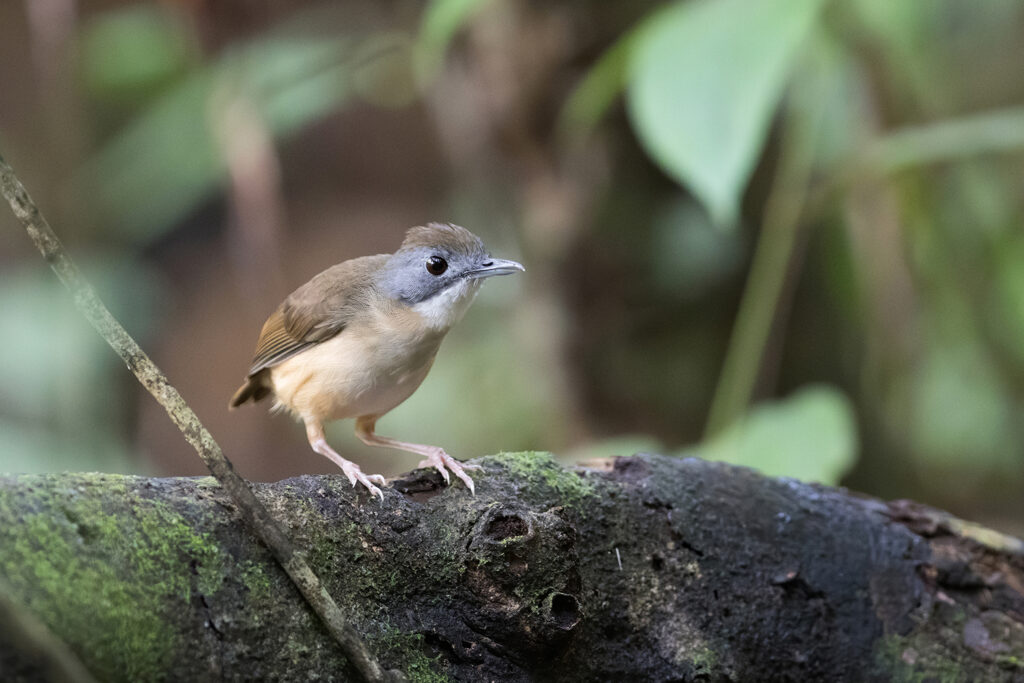
Here are some tips to follow so that you can spot these birds easily!
- Do ample research
Read up all about the bird. Knowing the type of habitat the bird resides in, past sightings of it and where it has been seen recently will increase your chances of spotting the bird.
Here are some locations where the Buffy Fish Owl, Crested Serpent Eagle and Short-tailed Babbler are commonly sighted.
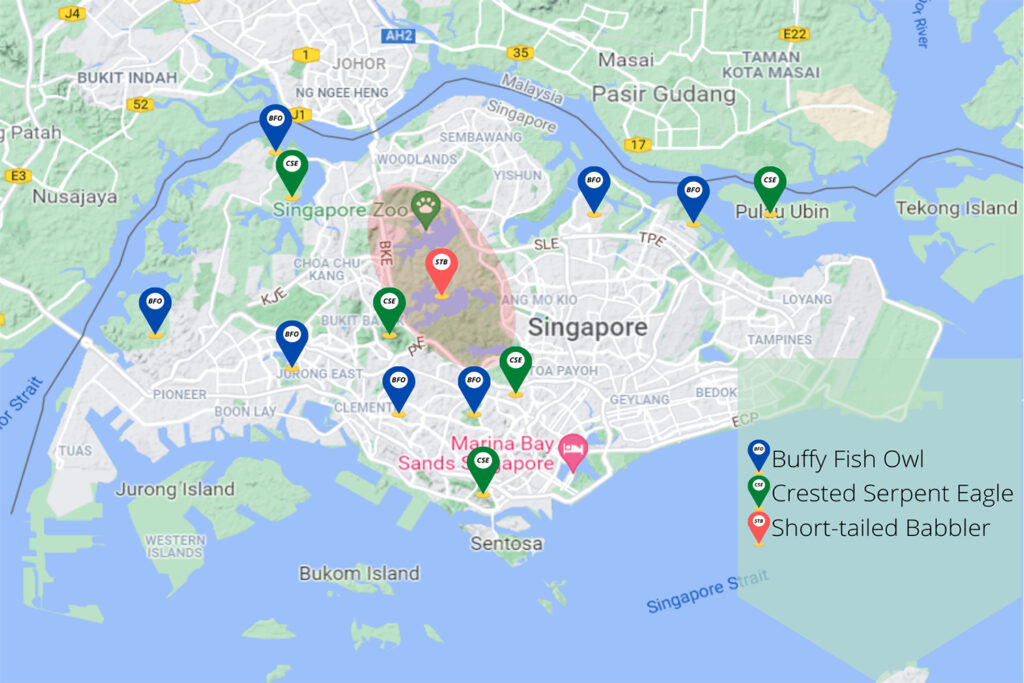
Buffy Fish Owl: Hampstead Wetlands Park, Jurong Lake Gardens, Nanyang Technological University, Pasir Ris Park, Singapore Botanic Gardens, Sungei Buloh Wetland Reserve, Ulu Pandan Park Connector.
Crested Serpent Eagle: Bukit Timah Nature Reserve, Goldhill Avenue, Ketam Quarry, Kranji Marshes and Southern Ridges.
Short-tailed Babbler: Central Catchment Nature Reserve and Rifle Range.
Additional information can be found from this bird list curated by the Singapore Birds Project.
Another key thing to note is the call of a bird. Familiarising yourself with the sound of the bird will make birding much easier when you are out in the field.
“The [Short-tailed] Babblers are quite hard to spot because they usually duck around the undergrowth, but you can listen out for the call and locate it by the call,” says Ms Yan. Some calls can be relatively distinct and easy to pick up, like that of the Short-tailed babbler.
[Recording of the Short-tailed Babbler. Sound recording: Keita Sin].
A place you can visit to learn such information is xeno-canto, a website that shares recordings of birds across the globe to familiarise yourself with bird calls.
- Join the birding community
Facebook is a common platform used by birders in Singapore. Bird Sightings is one of the Facebook groups that provides a platform for birders to share their sightings openly. To date, the group consists of 10,400 members.
“[Bird Sightings] is a community of sharing where we try and promote bird watching by providing everybody with an equal chance to access the birds,” says Mr Adrian Silas Tay, 41, one of the admins of the Facebook group, “if you are new to [birding], you may not have a lot of contacts or networks to help you in your journey. The Facebook group would then help you.”
The community of birders in Singapore is very open in sharing about birding. So don’t be afraid to ask questions! This also applies to Mr Tay himself.
When he doesn’t recognise the species of a bird, he posts a picture of it on the Facebook group, where other birders will assist in identifying the bird.
- Equipment and attire
After doing research and getting to know the community of birders around you, you are almost set to go out in the field and spot these birds. However, you will need the right attire and equipment to do so.
Here are some essentials that you’ll need to bring along with you:
- Binoculars/Spotting scope
- Water bottle
Binoculars are extremely important. Birds are usually up in the trees far away or darting around. Additionally, most birds are skittish.
“They do not like people to come too close to them. When you get too close to them, their behaviour would change and they might not be as natural as before,” says Mr William Tan, 57, a wildlife photographer who has mainly been photographing birds these two years due to the pandemic.

There is no set attire for birding, but here are some recommendations:
- Dark colours
- Long pants
- Sports shoes/Boots
- Hat
Wear darker colours so birds do not spot you easily. Wearing long pants is also recommended to avoid getting bitten by bugs. Covered shoes like sports shoes are a must. However, if you are visiting a forest area that can get muddy, boots are recommended.
- Go out and have fun
Now, you are all set to go out in the field and spot these birds! Just remember to observe the birds from a distance to avoid stressing them out and lastly, go out there and have fun spotting!
“Don’t stress over bird watching. It’s supposed to be a cathartic, relaxing experience,” says Mr Chong.
